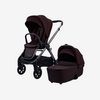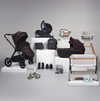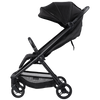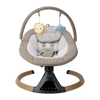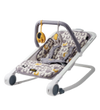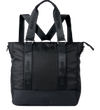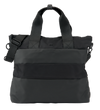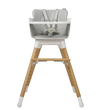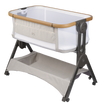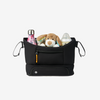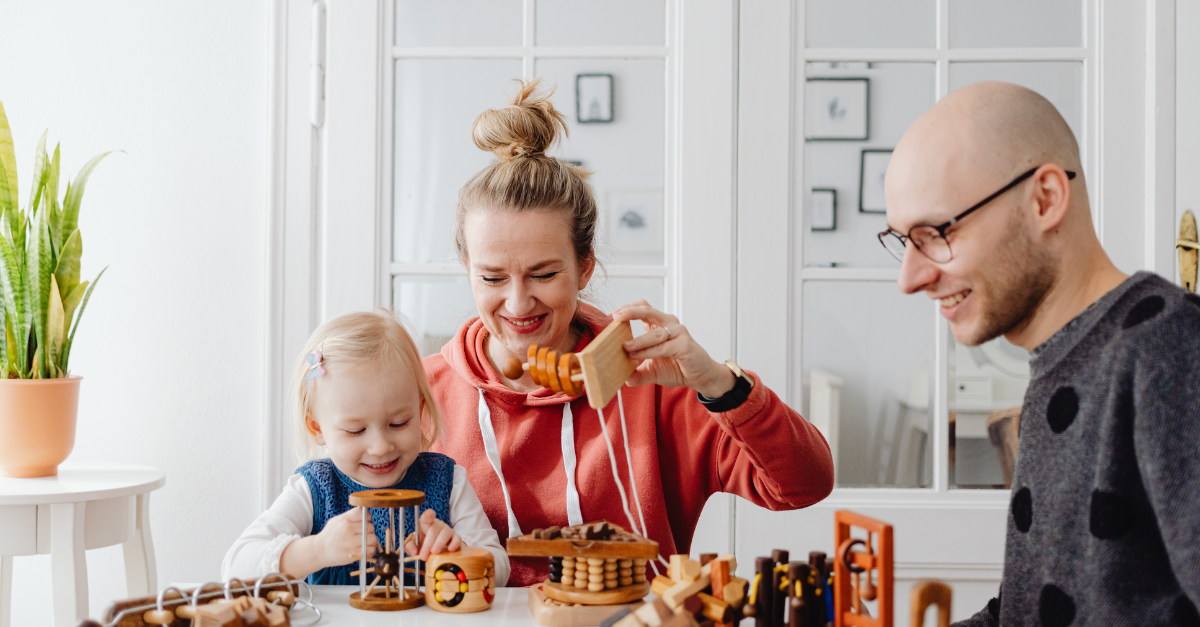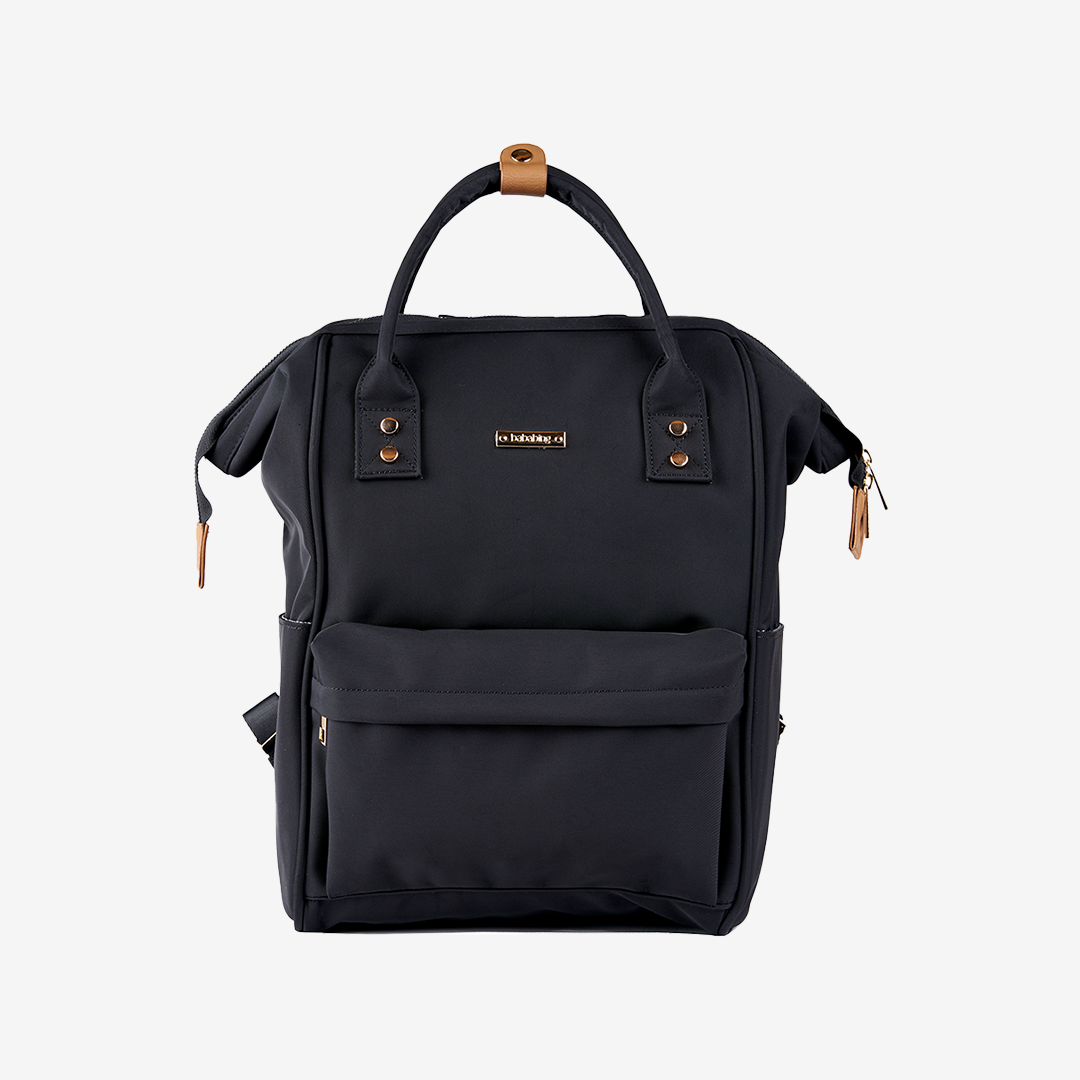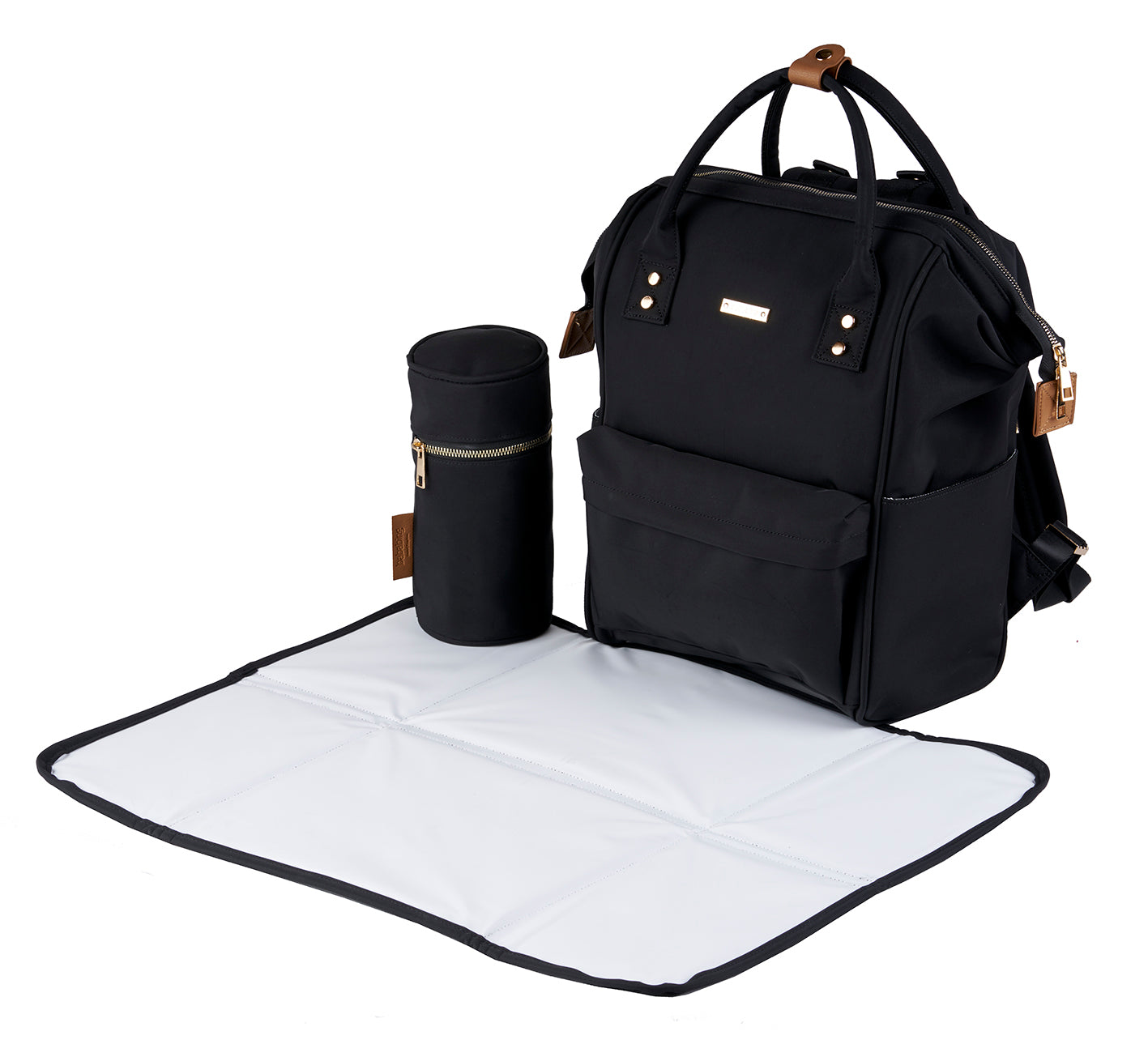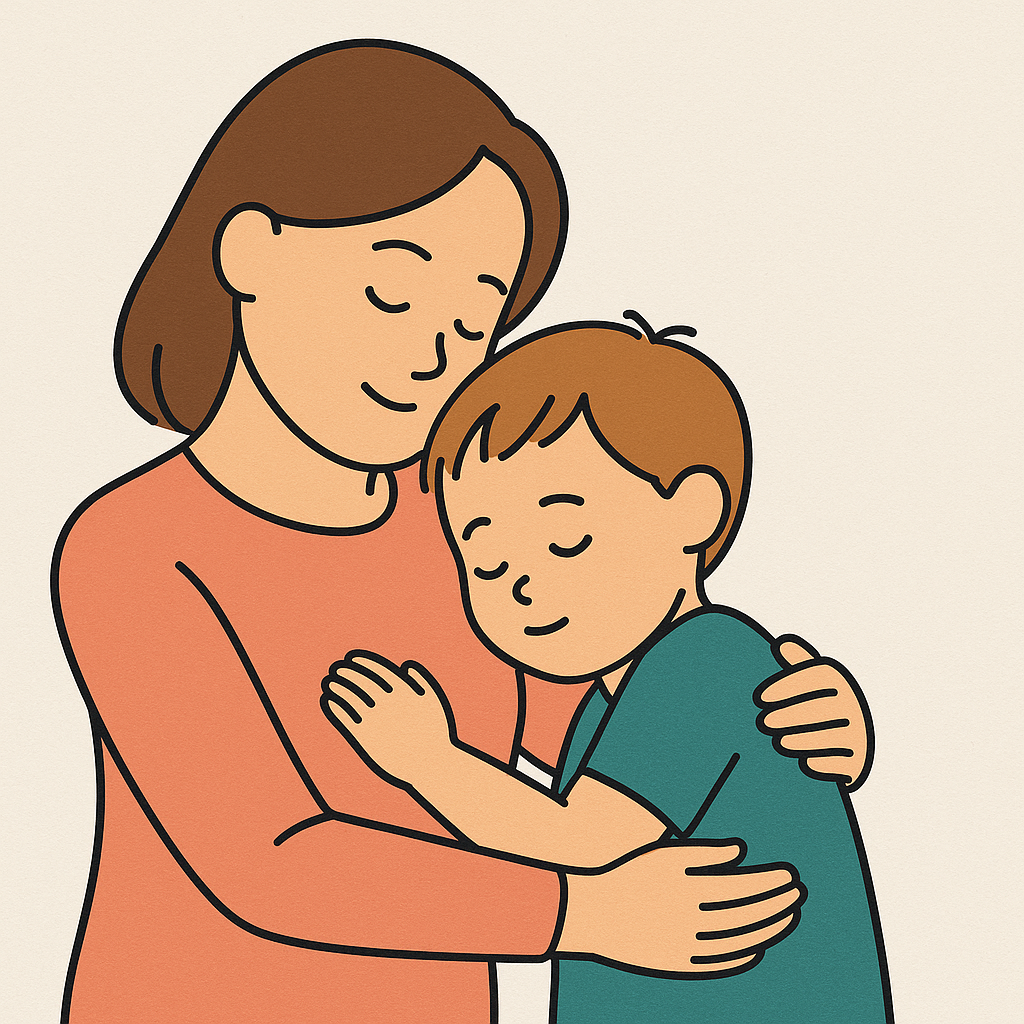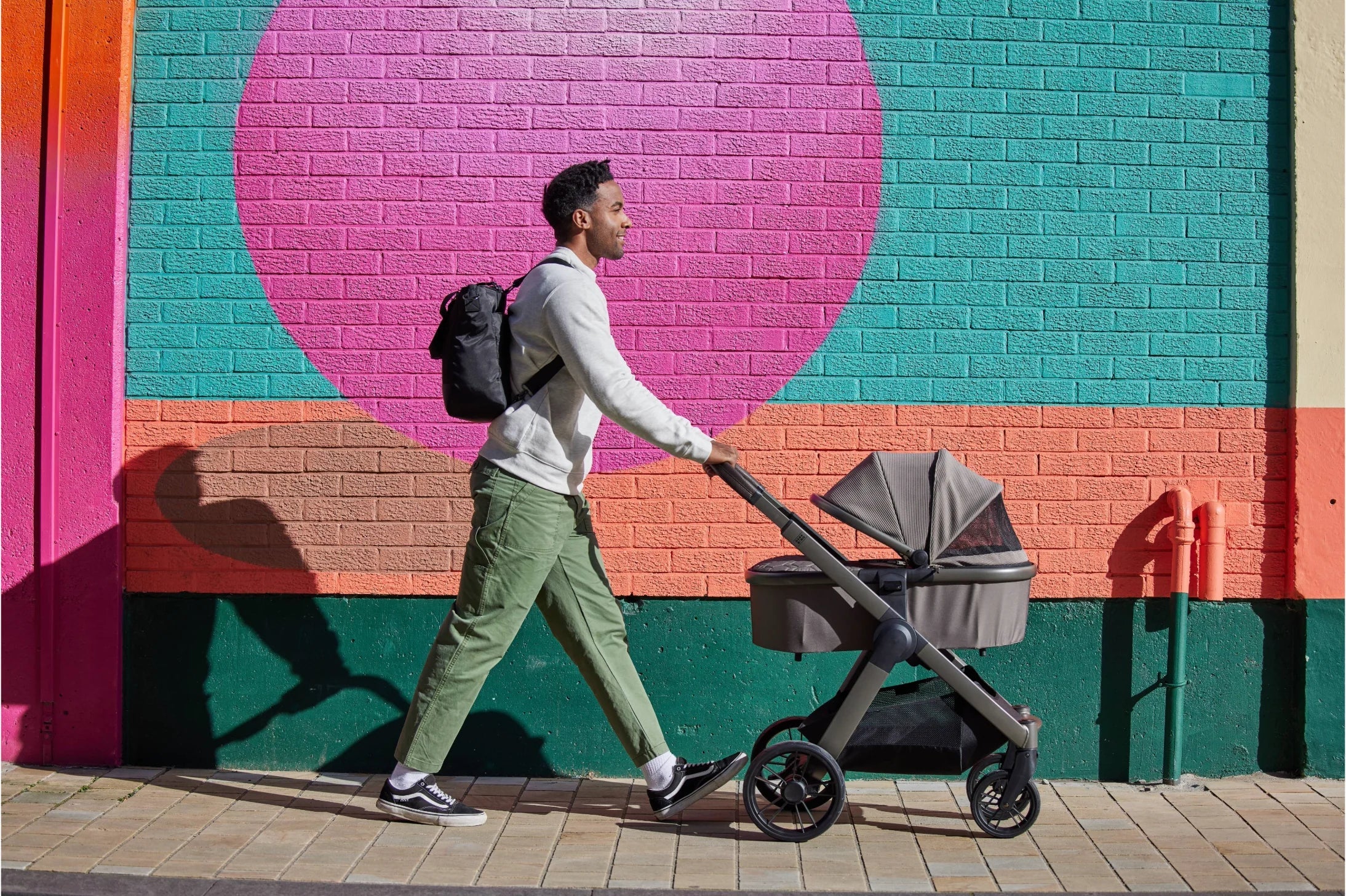Table of contents
New baby, new year, same you — just with more coffee. Welcome to parenting in 2025, where smart speakers soothe, work calls happen from the sofa, and talking about mental health is finally the norm. 👶
What’s new this year? Smarter tech at home to help with feeds and routines, hybrid work patterns that give you more wiggle room, and childcare options that look a little different thanks to fresh models and wider family support. 💡
This guide walks through the essentials: baby basics, tech smarts, health and wellbeing, plus money and childcare. The golden rule? Choose one non-negotiable — sleep, meals, or walks — and build the rest of your day around it.
Sleep, Feeding and Baby Gear Made Simple 🛏️🍼
Newborn Sleep 😴
Safe sleep first, always. Keep things simple: a firm mattress, fitted sheet, and a clear cot. No pillows, bumpers, quilts, or soft toys. Place your baby on their back, feet at the foot of the cot.
Room-sharing is safest for the first six months, with the temperature between 16–20°C. A sleep bag or light layers work well. If white noise helps, keep it low and away from the cot.
Remember: newborns aren’t meant to sleep through. Feeding overnight is normal and healthy. Signs of tiredness — glazed eyes, slower movements, red brows, or little yawns — are better cues than the clock.
Gentle settling can be as simple as wrapping arms in a light swaddle (hips free), a short rock, and then laying them down with a hand on their chest. Keep the bedtime routine short: wash, feed, zip into a sleep bag, lights low, and into the cot drowsy but awake.
Feeding Without Guilt ❤️
Fed, safe, and growing — that’s the goal. Whether you’re breastfeeding, bottle feeding, or mixing both, the “right” choice is the one that works for your baby and your family.
A baby who is feeding well will have plenty of wet nappies, audible swallows, and relaxed hands after feeds. With bottles, paced feeding helps: hold your baby upright, keep the bottle horizontal, and allow pauses. Swap sides midway through to mimic breastfeeding.
If you’re pumping, short, consistent sessions beat marathon ones. Store milk in small portions to reduce waste. Combination feeding? Protect supply with a morning and evening breastfeed, and offer a bottle at a predictable time so your baby stays flexible.
Always watch for red flags like painful feeds, poor weight gain, or allergy symptoms. If in doubt, speak to your GP or health visitor.
Baby Gear in 2025 🎒
It’s tempting to overbuy, but you don’t need everything the adverts promise. Focus on safe, practical, and budget-friendly essentials: a cot or bedside crib, a rear-facing car seat, a pram with a lie-flat option, a supportive sling, and a basic monitor. Add in a few muslin cloths and sleep bags, and you’re set.
Nice-to-haves like a white noise machine or blackout blinds can help, but aren’t essential. Skip the pricey nappy bins, wipe warmers, and endless newborn outfits. Second-hand is your friend for prams, slings, and clothes — just steer clear of used car seats and mattresses for safety reasons.
Building Your Support Circle 🧡
Parenting is easier with backup. Set up help before you feel wobbly. A simple plan beats putting on a brave face.
Lean on midwives and health visitors in the early weeks, your GP for medical worries, and local parent groups for connection. Virtual meetups in the evening can help both parents feel included. Don’t forget practical support: a neighbour for pet walks, a friend who can drop off meals, or a family member who can hold the baby while you nap. 💤
Keep key contacts saved in your phone and join at least one group before your baby starts smiling. Even a short WhatsApp message like, “We’re finding evenings tough — could you drop a meal on Tuesday?” can make a world of difference.
Tech-Smart Parenting: AI, Screens and Privacy 📱🤖
Using AI Wisely
AI can make life easier. Use it for meal plans, nap and feed logs, or packing lists. But don’t outsource the big stuff — medical decisions, values, and attachment belong firmly in human hands.
Be mindful of privacy. If apps sync baby data, check what’s stored, how to delete it, and always use strong passwords with two-factor authentication.
Screen Time for Little Ones 📺
For under-twos, the World Health Organization advises no screen time apart from video calls. If you do use screens, make it calm, short, and shared. Sit with your child, talk about what you see, and choose slow, gentle content. Avoid autoplay and keep screens out of the bedroom, especially before bedtime.
A simple routine could look like this: watch a gentle nursery rhyme together for a few minutes, then dance to the song and switch to a book. If you overshoot limits, don’t panic — just balance it with play, naps, and fresh air.
Sharing Photos Safely 📸
Smart Devices and Security 🔐
Daily Life in 2025 🌅
Here’s what a simple day might look like:
Morning: Wake, feed, nappy change, a little playtime.
Midday: Nap, then feed and some fresh air.
Afternoon: Another nap, a contact cuddle if needed, then quiet play or a bath.
Evening: Feed, short wind-down, sleep bag, and into bed with the lights low.
Keep it flexible. Some days will flow, others will feel chaotic. Protect naps where you can, but don’t stress about perfection. Parenting in 2025 is about doing what works for your family — not winning at trends.

